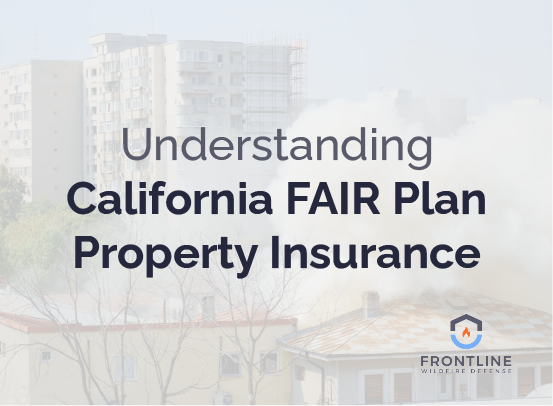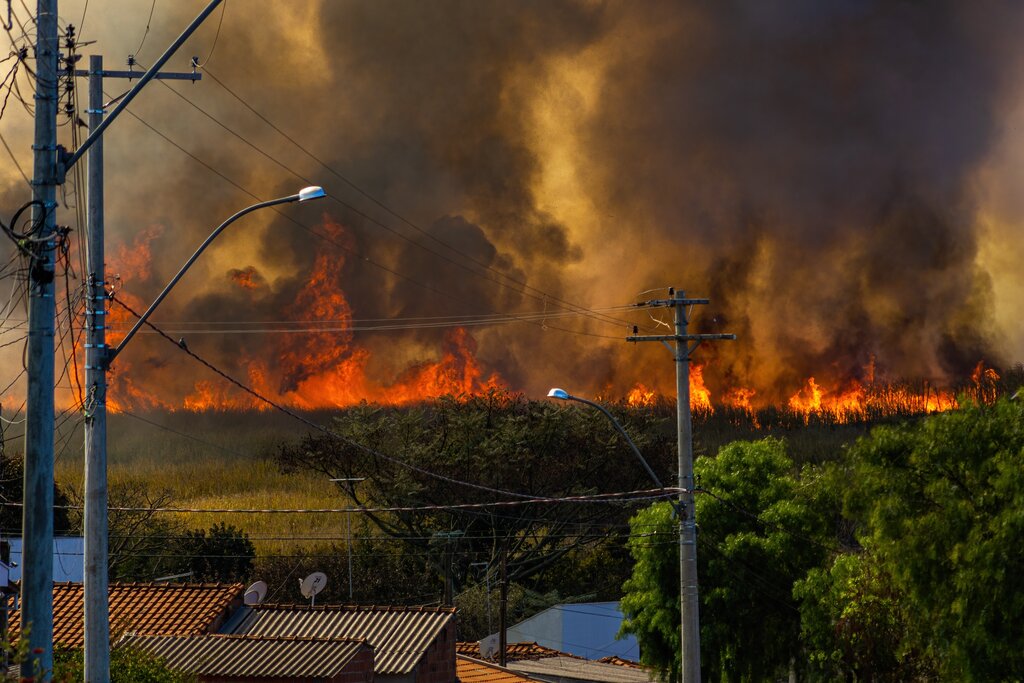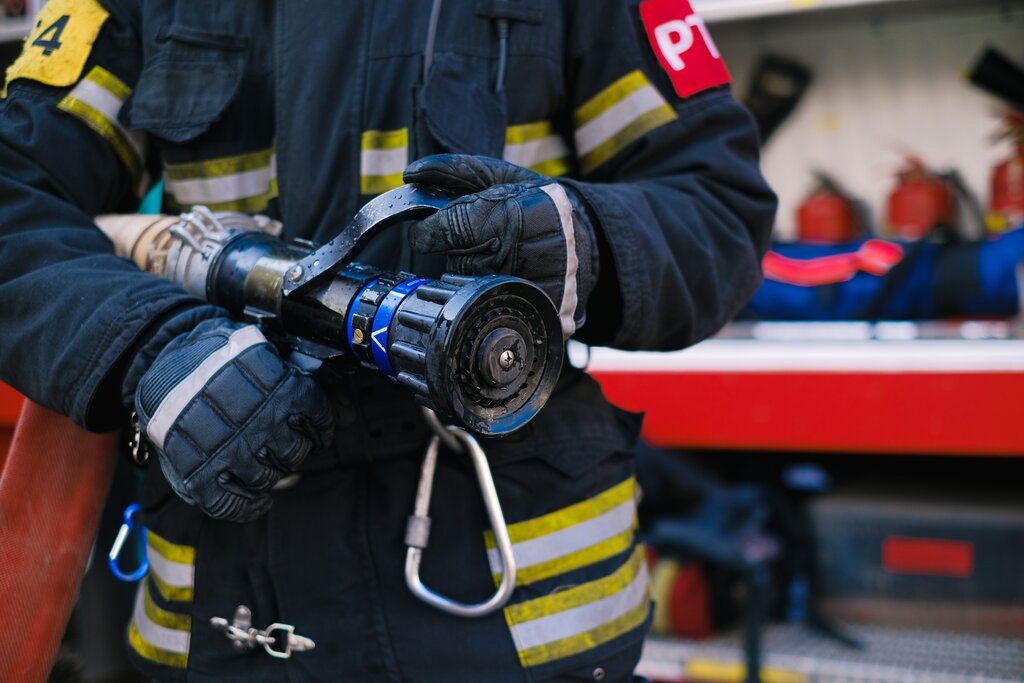Wildfire Policy Has Changed
Over the Years
Should wildfires ever be allowed to run their course? When (if ever) should wildfires intentionally be ignited?
Wildfire policy has changed significantly over the last 60 years.
A Brief History
Before the 1960’s, most forest managers believed that wildfires should be suppressed at all times. With the establishment of the U.S. Forest Service in 1905, the primary task of the forest rangers was to suppress all fires on  the forest reserves they administered. After the National Park Service assumed management of national parks in 1916, they continued the Forest Service approach, and fire suppression was the only wildfire policy in the national parks for the next five decades. In fact beginning in 1935, the U.S. Forest Service’s fire management policy stipulated that “all wildfires were to be suppressed by 10 am the morning after they were first spotted.”
the forest reserves they administered. After the National Park Service assumed management of national parks in 1916, they continued the Forest Service approach, and fire suppression was the only wildfire policy in the national parks for the next five decades. In fact beginning in 1935, the U.S. Forest Service’s fire management policy stipulated that “all wildfires were to be suppressed by 10 am the morning after they were first spotted.”
Some researchers at the time disagreed with this approach, however, and argued that fire was a natural state of affairs which was beneficial to the ecosystem. They contended that eliminating the plant life that grows beneath the forest canopy (or “understory”) and other forest debris, allows for more nutrients to be directed toward the larger trees, making them stronger and more resilient. For centuries, Native Americans used controlled fires to reduce overgrowth and increase grasslands for bison and other animals.
Change Is in the Air
Despite the fact that environmentalists had argued as early as 1924 that some wildfires were beneficial to the ecosystem, National Park Service policy of complete fire suppression did not begin to change until the 1960’s.
That’s when plant biologists began to realize that the giant sequoias of Northern California were not propagating, because their life cycle relied heavily on fires.
Sequoias rely on fire to release most seeds from their cones, to expose soil for seedlings to take root, to recycle soil nutrients, and to open holes in the forest canopy for essential sunlight.

Pixabay Image
The resulting Wilderness Act of 1964, and subsequent change to the National Park Service policy in 1968, encouraged the allowance of fires to run their courses as long as they could be contained within fire management units and accomplished approved management objectives. Several parks established fire-use programs, and policies were gradually changed from fire control to fire management.
The Forest Service enacted similar measures in 1974 by changing its wildfire policy from fire control to fire management, allowing lightning fires to burn in wilderness areas. This included both naturally caused fire and intentional “prescribed” fire, also known as controlled burning. Since 1995, the US Forest Service has slowly incorporated controlled burning practices into its forest management policies. (See related article, “When Lightning Strikes: Wyoming Wildfires,” for more information about lightning-caused wildfires and firefighting policy.)
More than a century ago California lumber mill owner George Hoxie argued that if we did not adopt fire in the forest as our servant, it will surely become our master.
Controlled burning is one method of doing just that.
How Does It Work?
First, before a decision can be made on whether to initiate a prescribed burn, fire officials must review “burn plans” for the area in question. These burn plans have been written by fire specialists to identify the best conditions under which trees and other plants will burn to get the best results safely. Burn plans must take multiple factors into account: Temperature, humidity, wind, moisture of the vegetation, and conditions for the dispersal of smoke. Then the fire officials compare conditions on the ground to those outlined in the burn plans before deciding whether to burn on a given day.

Pixabay Image
Once the decision has been made, controlled burns are sometimes ignited using a tool known as a driptorch, which allows a steady stream of flaming fuel to be directed to the ground, or a helitorch, which is a driptorch mounted on a helicopter. Firefighters also use different fire-ignition devices depending on whether the fuels they are igniting are nearby or farther away. Controlled burning is conducted during the cooler months to reduce fuel buildup and decrease the likelihood of serious hotter fires during wildfire season.
One primary method of controlled burning is called back burning. Back burning is a way of reducing the amount of flammable material during a wildfire by igniting a series of small fires along a man-made or natural firebreak, in front of the main wildfire front. It is called back burning because the small fires are designed to “burn back towards the main fire front” and are usually burning and traveling against ground level winds. The basic reason for back burning is to reduce the amount of flammable material when the main fire reaches the burnt area.
According to the U.S. Forest Service, “More prescribed fires mean fewer extreme wildfires.”
Your Own Fire Management Tools
Homeowners who reside in wildfire-prone areas are continually seeking ways to protect their property from the devastation of wildfires. The Frontline™ Wildfire Defense System offers a simple, cost-effective, fire-protection service that can  be activated by the simple push of a button. It’s more than just an external sprinkler system. Once activated, your home and surrounding landscape will be covered in a layer of fire-retardant foam, keeping everything safe.
be activated by the simple push of a button. It’s more than just an external sprinkler system. Once activated, your home and surrounding landscape will be covered in a layer of fire-retardant foam, keeping everything safe.
Whether you live in an urban or rural fire-prone area, the Frontline™ Wildfire Defense can mean the difference between helplessness and peace of mind.
Sources:
Featured Image: Pixabay



